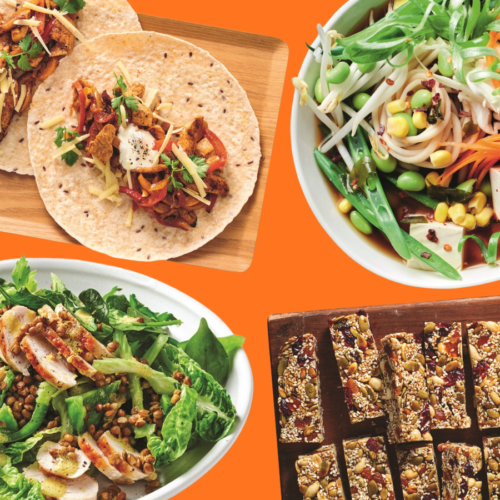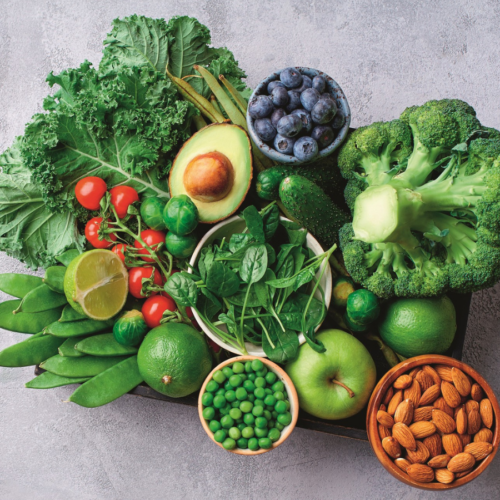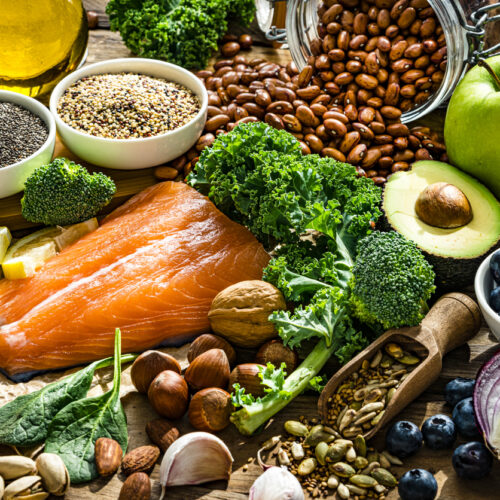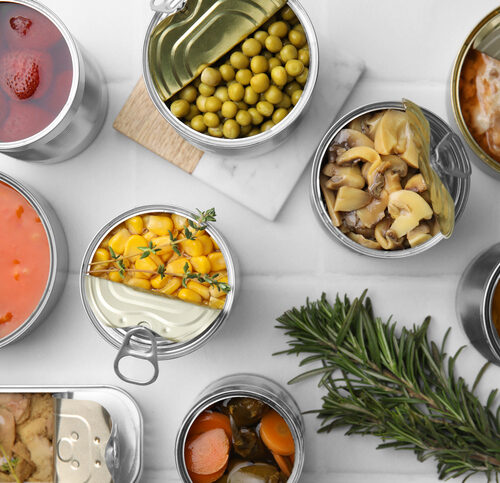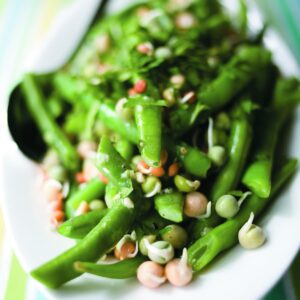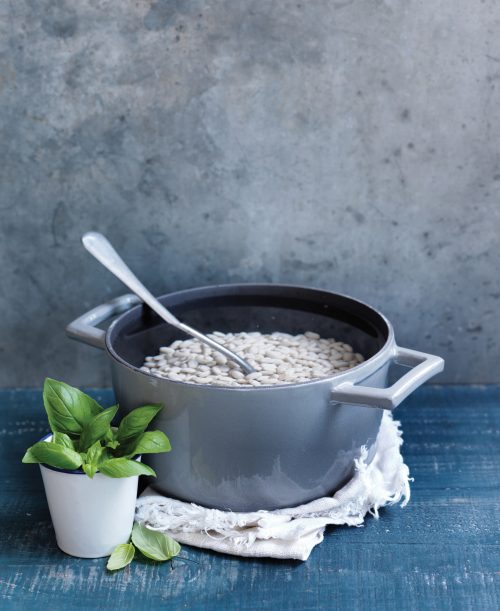
Try eating a couple of meals a week using pulses – they're packed with protein and excellent for digestive health.
- Pulses are the edible dried seeds of certain plants from the legume family, the most common being chickpeas, lentils, peas and beans.
- 2016 is the International Year of Pulses. declared by the United Nations to highlight their nutritional benefits as part of sustainable food production.
- Adding pulses to meals is an easy way to up the fibre content.
Cooking pulses made easy
If you boil most dried pulses just before cooking, you don't need to soak them overnight. However, overnight soaking can reduce the cooking time by half. Whichever method you choose, follow these tips:
- Rinse dried pulses before cooking to wash away any dirt.
- For every 1 cup of dried beans, use 3 cups of water.
- Rinse and drain pulses immediately after cooking to prevent overcooking.
- Lentils don’t need to be soaked. Lentils and split peas cannot be pressure cooked.
- Dried red kidney beans must be soaked before cooking as they contain a toxin that may cause an accute reaction.
Traditional method (soaking)
- Soak pulses for 6–8 hours (or overnight).
- Drain and rinse.
- Place pulses in a large saucepan and add 3 cups of water for every cup of dried pulses. Bring to the boil.
- Reduce heat to a simmer and cook for required time (see table below), adding more water as needed.
- Rinse and drain.
Quick preparation method (no soaking)
- Place pulses in a large saucepan and add 3 cups of water for every cup of dried pulses. Bring to the boil.
- Reduce heat to a simmer and cook for required time (see table below), adding more water as needed.
- Rinse and drain.
Pressure cooker method (soaking)
- Soak pulses for 6–8 hours (or overnight).
- Drain and rinse.
- Place pulses in pressure cooker. Cook at high pressure for required time (see table below).
- Allow to depressurise for 10–15 minutes.
- Rinse and drain.
Cooking and soaking times
| TYPE OF LEGUME | TRADITIONAL METHOD | QUICK PREP METHOD | PRESSURE COOKER |
| Lentils |
No soaking Simmer 20 mins |
No soaking Simmer 20 mins |
Not suitable |
| Split peas |
Soak 6-8 hours Simmer 20-30 mins |
No soaking Simmer 30-45 mins |
Not suitable |
| Chickpeas |
Soak 6-8 hrs Simmer 20-30 mins |
No soaking Simmer 45-60 mins |
Soak 6-8 hrs Cook 15-20 mins |
| Red kidney beans |
Soak 6-8 hrs Simmer 20-30 mins |
*Not suitable, must be cooked first |
Soak 6-8 hrs Cook 10-15 mins |
| Black beans |
Soak 6-8 hrs Simmer 20-30 mins |
No soaking Simmer 45 mins |
Soak 6-8 hrs Cook 5-10 mins |
| Cannellini beans |
Soak 6-8 hrs Simmer 20-30 mins |
No soaking Simmer 45 mins |
Soak 6-8 hrs Cook 5-10 mins |
Bean counting
- 1/3 cup dried beans = 1 cup cooked beans
- 1/2 cup dried beans = 1 1/2 cup cooked beans
- 2/3 cup dried beans = 2 cups cooked beans
- 1 cup dried beans = 3 cups cooked beans
Recipe ideas
Here are six tasty ways you can add beans to weekly meals!
Two ways with red kidney beans or black beans
Rinsing canned beans not only reduces the salt but also reduces the part of the beans, leached into the liquid, that can cause bloating.
Warm black bean and kale couscous with grilled prawns
Slow-cooked lamb and bean curry
Two ways with chickpeas
Chickpeas are now popular around the world, and are a staple food in India's largely vegetarian cuisine.
Stir-fried chicken with chickpeas, broccolini and capsicum
Pasta with eggplant, tomato, chickpeas and feta
Two ways with cannellini beans
Cannellini beans contain folate to boost your immune system.
www.healthyfood.com


